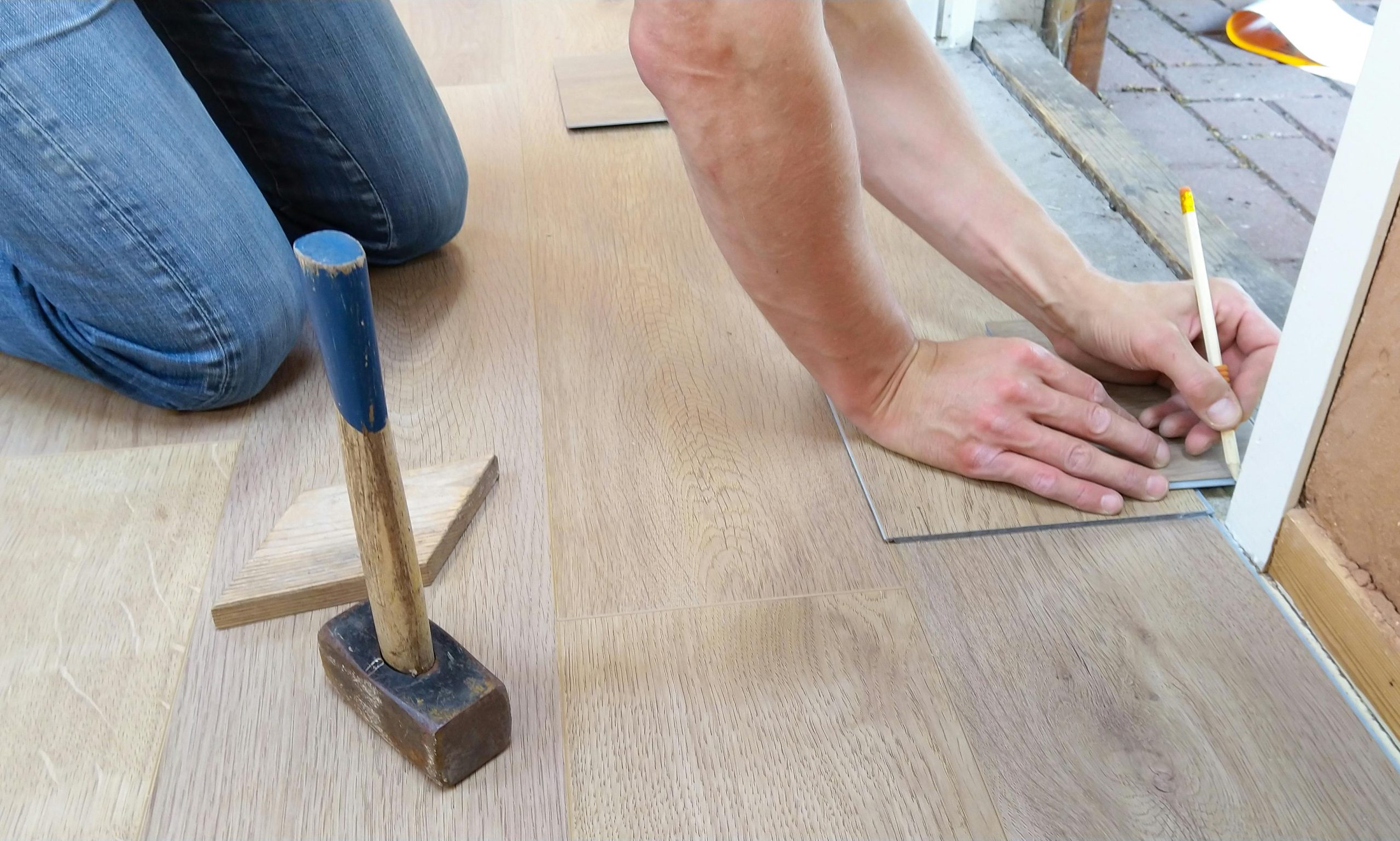Windows: A Journey Through Time and Technology

The Dawn of Windows in Ancient Civilizations
The concept of windows has been an essential architectural element for thousands of years. In ancient civilizations, the earliest windows were simple openings in the walls. These early designs primarily served the function of ventilation and light. For instance, the ancient Egyptians used reed mats to cover window openings, while the Roman civilization utilized small pieces of glass to create more advanced window designs.
As technology progressed, these primitive structures evolved. The Romans began utilizing bits of mica for transparency, and later, as glassmaking techniques improved, small glass panes became common in wealthy Roman homes. Although rudimentary, these initial designs laid the groundwork for the windows we utilize today.
Medieval Innovations and Stained Glass
Moving into the medieval period, significant advancements occurred in window technology, largely fueled by ecclesiastical architecture. Gothic cathedrals in Europe became significant innovations with their expansive stained glass windows. These were decorative and served a pedagogical function, depicting Bible stories and saints in vivid colors, allowing them to convey messages to the largely illiterate population.
These stained glass windows required incredible skill and artistry, and lead development came to hold the glass. This era marks an important period in window history, as the marriage of art and functionality began to take center stage.
The Renaissance and the Rise of Muntins
During the Renaissance, domestic architecture experienced a shift. Large, clear glass windows started appearing in homes of the affluent, a stark departure from the small openings and dark interiors of the past. Window technology saw the introduction of "muntins," the strips of wood or metal that hold smaller panes of glass together. This allowed windows to achieve larger sizes without compromising strength.
This period also saw the rise of new glass-making techniques, enabling the production of more uniform and clear glass. Real glass panes became more accessible, marking the transition from exclusively functional to also providing aesthetic value in interior design.
Industrial Age Breakthroughs
With the advent of the Industrial Revolution, window technology underwent a significant transformation. Mechanical innovations meant glass could be produced on a massive scale, making it less expensive and more consistent in quality. The invention of the float glass process in the 1950s further enhanced this, allowing for the production of large, flat panes of clear glass.
During this era, windows became not just a feature of luxury but a standard component in residential and commercial buildings. Introducing metal window frames, such as steel and aluminum, also provided more durability and aesthetic flexibility.
Modern Advances: Energy Efficiency and Smart Windows
In contemporary times, the focus of window technology has shifted towards energy efficiency and environmental consciousness. Double and triple-glazed windows have grown in popularity, providing enhanced insulation against heat and cold, resulting in significant energy savings for homeowners.
Developing low-emissivity (low-E) coatings has further improved thermal efficiency by minimizing the amount of infrared and ultraviolet light that can pass through glass without limiting the amount of visible light.
Smart windows represent the very latest in window technology. These cutting-edge designs can automatically adjust the tint and transparency based on environmental conditions, optimizing lighting and maintaining temperature control inside buildings. They integrate seamlessly with home automation systems, providing abstract control and unprecedented convenience.
The Diverse World of Window Replacement
Today, windows come in various styles and materials to suit all climates and architectural designs. Whether it's the sophistication of wood, the minimalism of aluminum, or the durability of vinyl, the importance of context cannot be overstated.
In places like window replacement Richmond VA, the choice of window can greatly affect both the aesthetics and functionality of a building. It's crucial to select materials and designs that fit the climate and personal preferences to make the most of window technology.
Takeaways from the Evolution of Windows
Windows have undergone significant transformations throughout history, from small wall openings to sophisticated smart glass technologies. As society progresses, windows continue to shape how we interact with our environment, blending form, and function into the spaces we occupy.
Windows are beyond a simple building component; they are a testament to human ingenuity and our constant quest to improve living standards. Understanding their history offers insight into future innovations and the enduring impact of this humble yet vital feature of architecture.




